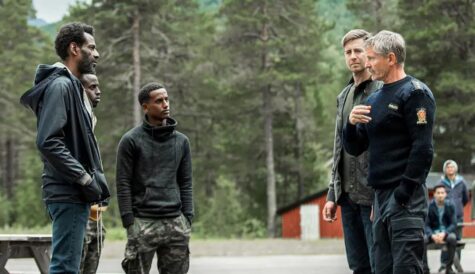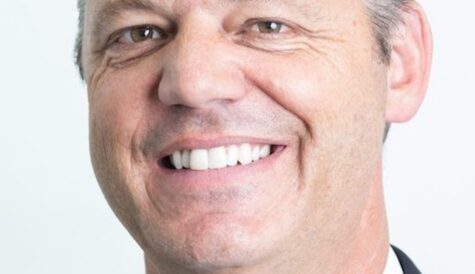Rolling out international factual formats
Carlo Massarella, company director and executive producer at Windfall Films.
Bigger, bolder and more ambitious than the last series. That is the traditional message from commissioning editors when a format or series receives a recommission.
With our returning franchises Inside Nature’s Giants, Monster Moves and Big, Bigger, Biggest, devising new ways to up the scale editorially is usually the easy part. These days, the real challenge comes from raising the finance to fund ever more ambitious ventures.
The majority of our output has been coproductions, joint ventures between UK, US and International networks. Our core programming – science, history, engineering and wildlife series – involves subject matter that has international appeal. So usually when we are developing an ambitious project for a UK broadcaster, we also pitch the idea to foreign broadcasters to find ways of making the series work for both a UK and an overseas channel.
The coproducing partner will often require its own version of the series in order for it to appeal to its audience. For example, the Channel 4 version of Inside Nature’s Giants had a presenter whereas the National Geographic version was presenter-less. Whereas for Big, Bigger, Biggest, we had to shoot additional foreign language interviews for Asian markets.
Our coproduction partners over the years have been diverse including National Geographic, Discovery Channel and History.
Overseas broadcasters will also usually require a different running length, narration, music and title sequence. It’s vital to carefully weigh up the cost of accommodating these variations to ensure that you can create a version that satisfies all parties, whilst channelling a significant portion of the funds towards scaling up the overall production, adding value on screen for everyone.
Over the past two years, the recession has forced most broadcasters to lower their contributions to co-pro projects. Therefore, to safeguard the ambition of our series, we have often had to bring a fourth or fifth partner on-board.
If a show is entering a second or third series, there are often territories where its premiere season sold to and performed well in. Its success may persuade the broadcaster to become involved as a new co-pro partner if it makes the difference between the series getting made or not.
The flip-side is that the deals take longer to put together and reduce the number of territories available to sell the completed series, lowering profitability. In addition, the more partners you have, the more vital it is to allow extra time in pre-production to work through everyone’s editorial views and try to align them as far as possible. This will maximise the amount of money spent on screen rather than in the reversioning process.
it is also important to forge strong links with our distributors. If a series still has a shortfall with multiple parties on board, distributors can offer an advance to top up the finances. This amount is based on projections for foreign sales and can range between 5-15% of the overall production budget. A distributors’ knowledge of the global TV landscape can enable them to find top-up money through pre-sales to the wealth of smaller cable and satellite channels, which are looking for exciting and groundbreaking content to help them break through.



